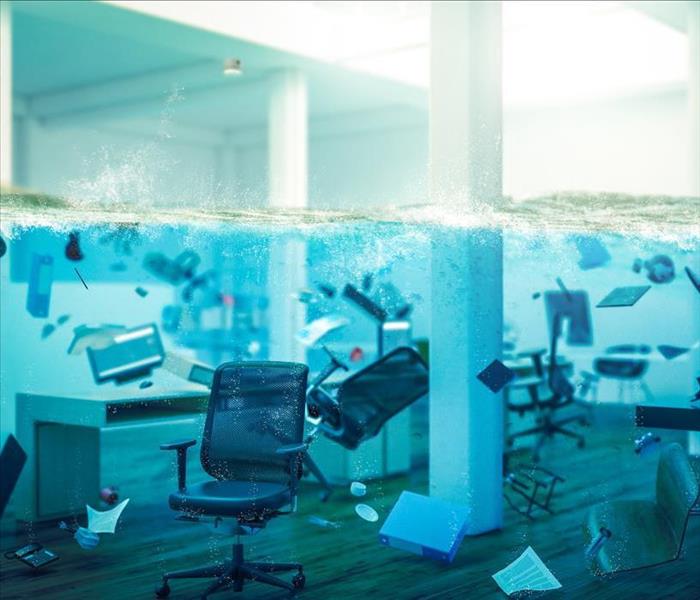Flooding Affects Brick-and-Mortar Shops in Little Falls.
3/8/2021 (Permalink)
 When a flood hampers your business. SERVPRO is the team of professionals. Their techs are IICRC certified for and size flood damage restoration job.
When a flood hampers your business. SERVPRO is the team of professionals. Their techs are IICRC certified for and size flood damage restoration job.
Proper remediation of brickwork preserves appearance after flooding.
Building materials ranging from steel to wooden shingle siding and everything in between. Brick is a common material, and for all its durability during our area winters, especially with the recent horrific frigid air and snowfall and then thaw, flooding can adversely affect its lifespan and its appearance.
Because brick absorbs water so easily, it takes a long time to dry – roughly an inch a month, and only if conditions facilitate evaporation. Brick is a natural material. Drying out after your Little Falls business floods can leave your brickwork in need of experienced restoration.
Brick that dries too slowly, quickly, or unevenly can sustain different types of additional damage. Some can pose more than cosmetic troubles and affect the stability and weather-tightness of the building’s envelope. Some points to consider:
- Frost damage – freezing temperatures of saturated brick can cause cracks and disintegration,
- Spalling and flaking – can lead to loosened bricks,
- Shrinking – another reason bricks become loose.
- Degradation of the mortar joints may mean pointing.
As bricks dry out, their surface can accumulate a white powder. This is a harmless salt. Allowing the brick to dry prior to brushing it off can prevent the dust from getting rubbed into the brick’s textured surface, leaving it cleaner-looking.
We have the advanced equipment to dry out all types of building materials:
- LGR-dehumidifiers
- Desiccant dehumidifiers
- Portable gas furnaces
- Centrifugal air movers
SERVPRO of Clifton is always ready to help make everything “Like it never even happened,” after a flood in Little Falls. We work hard to keep your business up and running. Contact us for prompt, professional assistance by calling (973) 928-3705.






 24/7 Emergency Service
24/7 Emergency Service